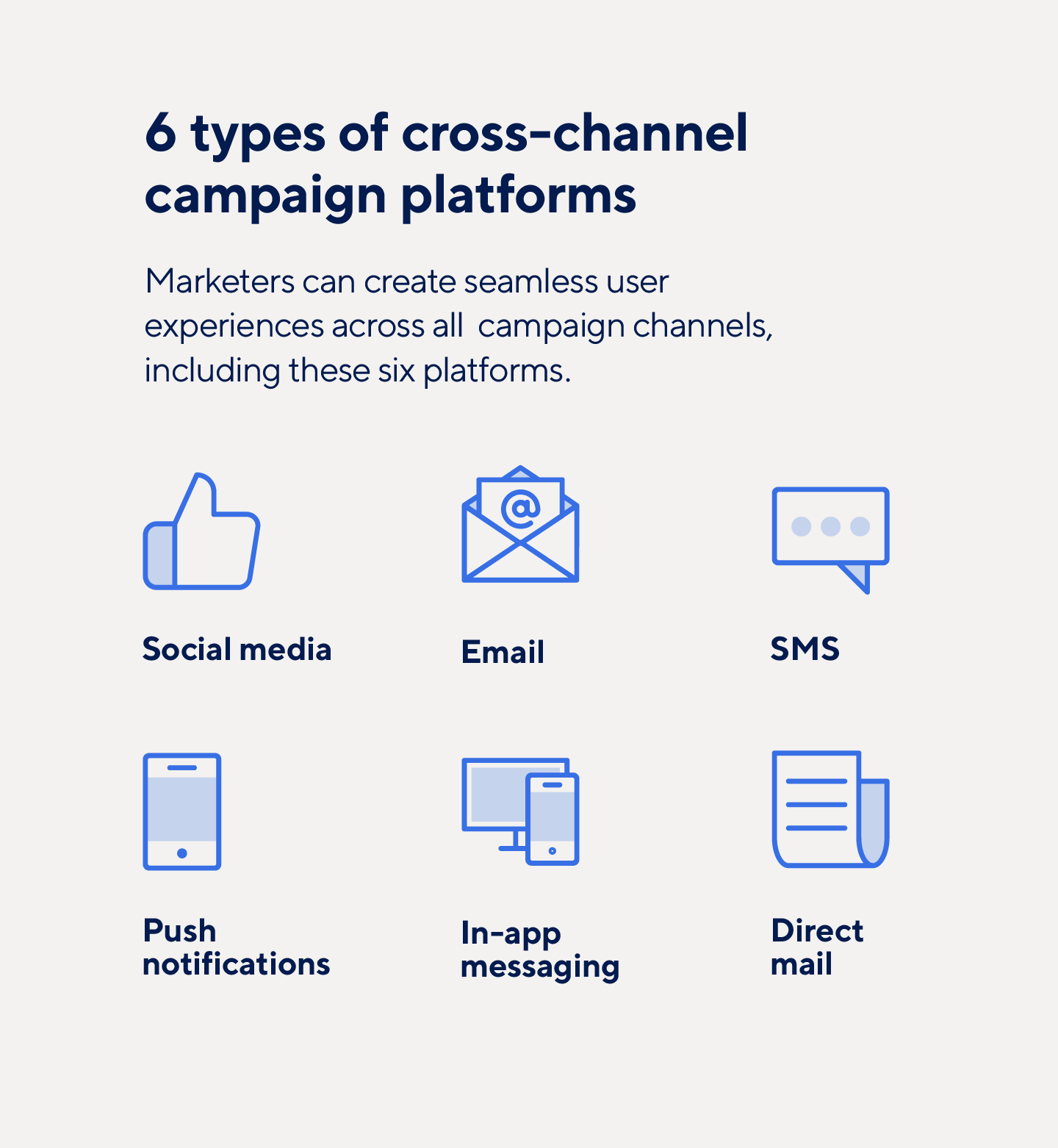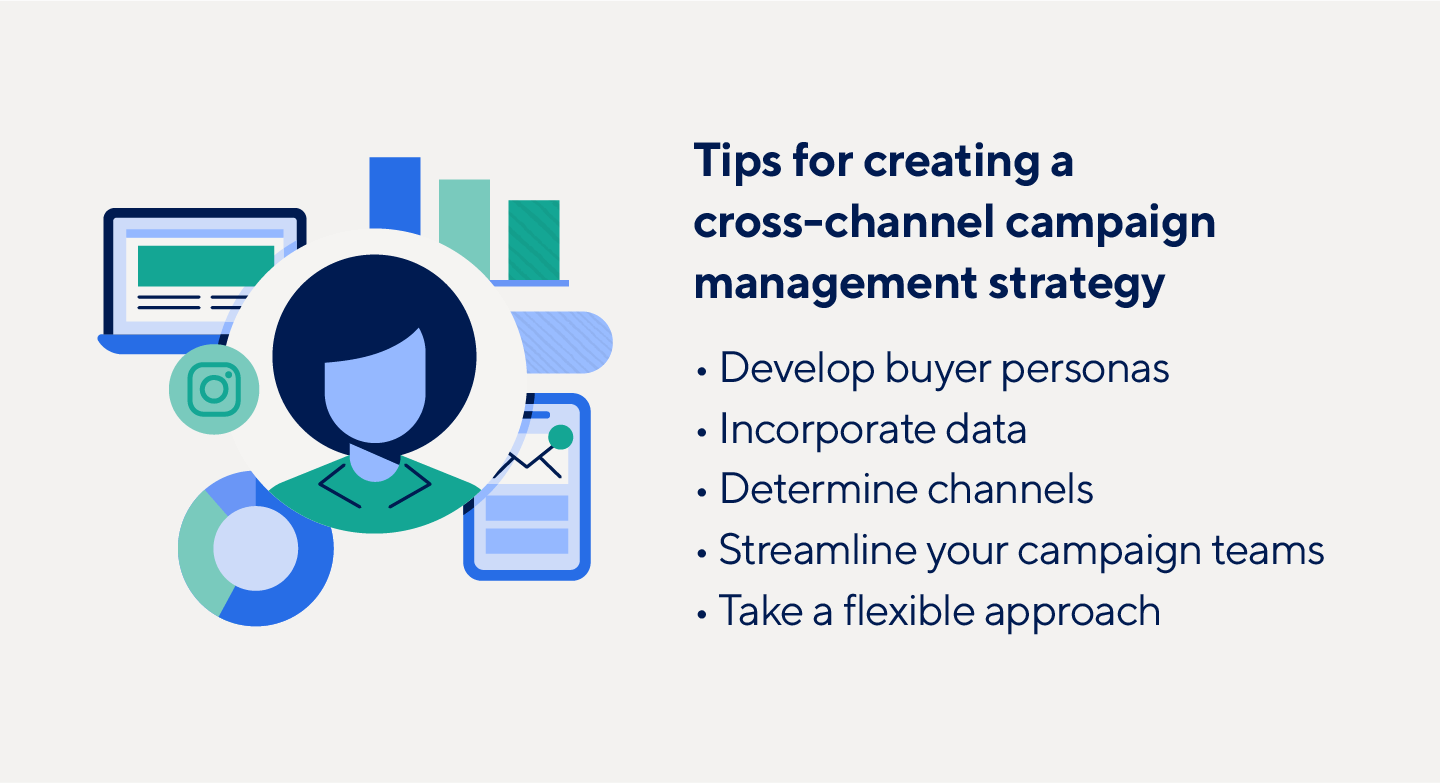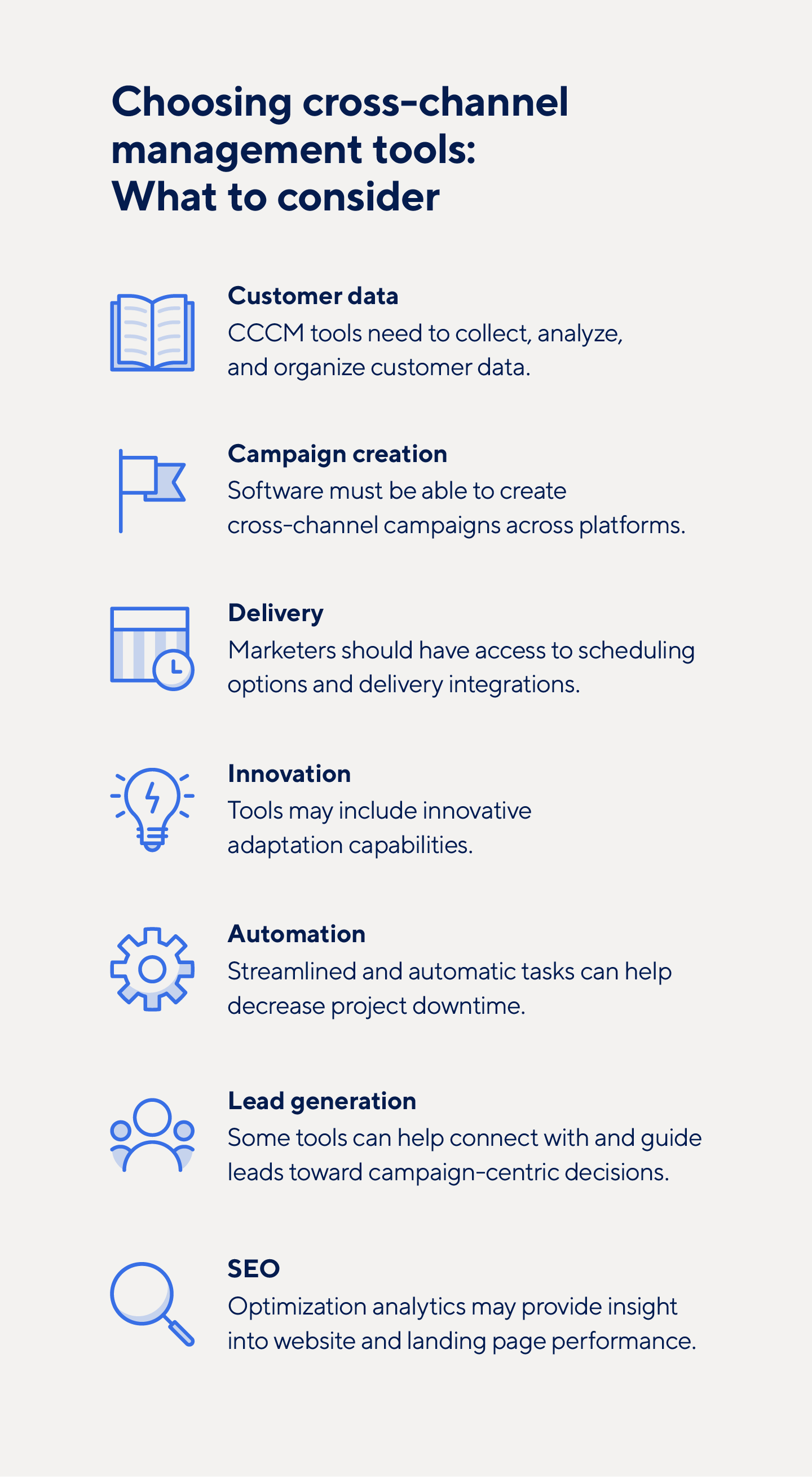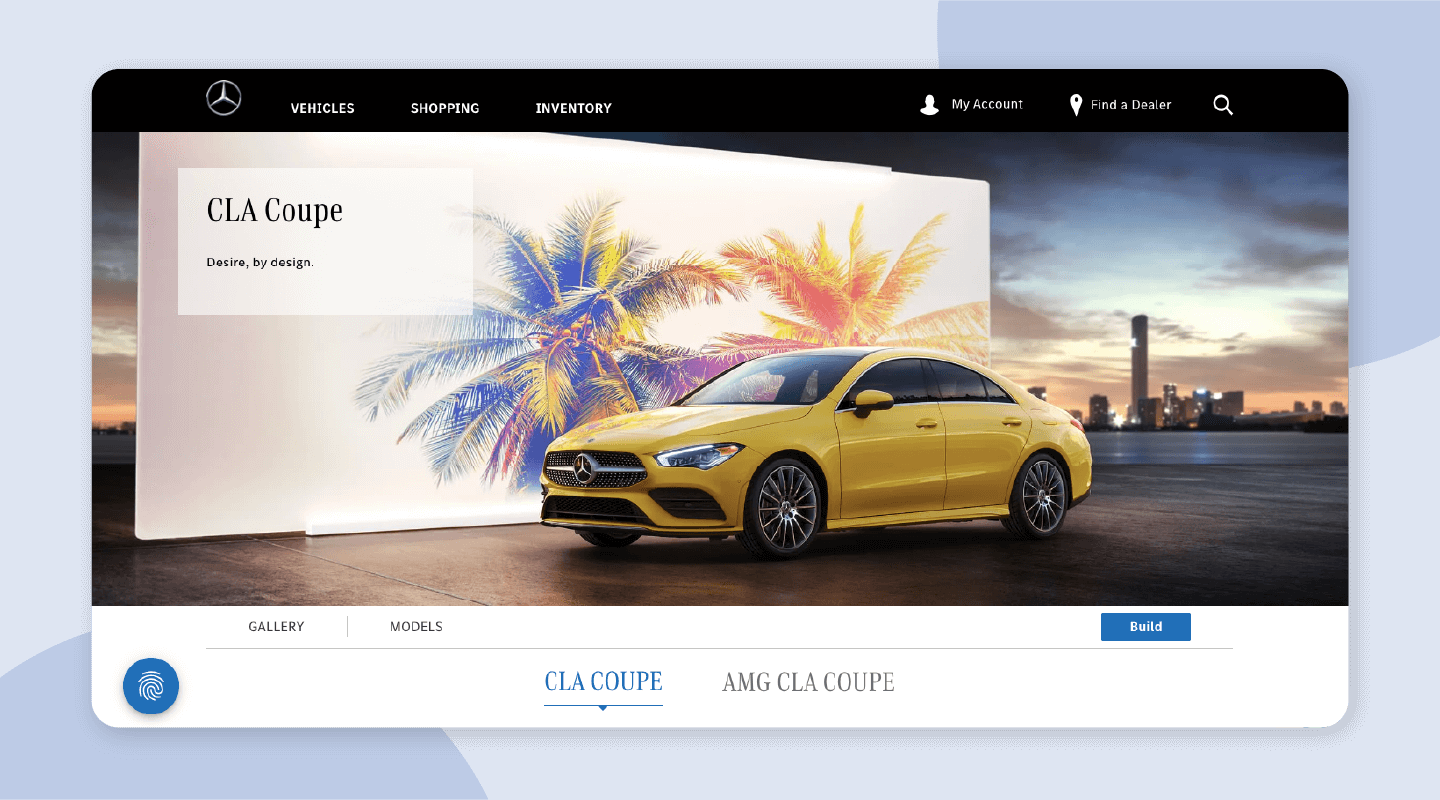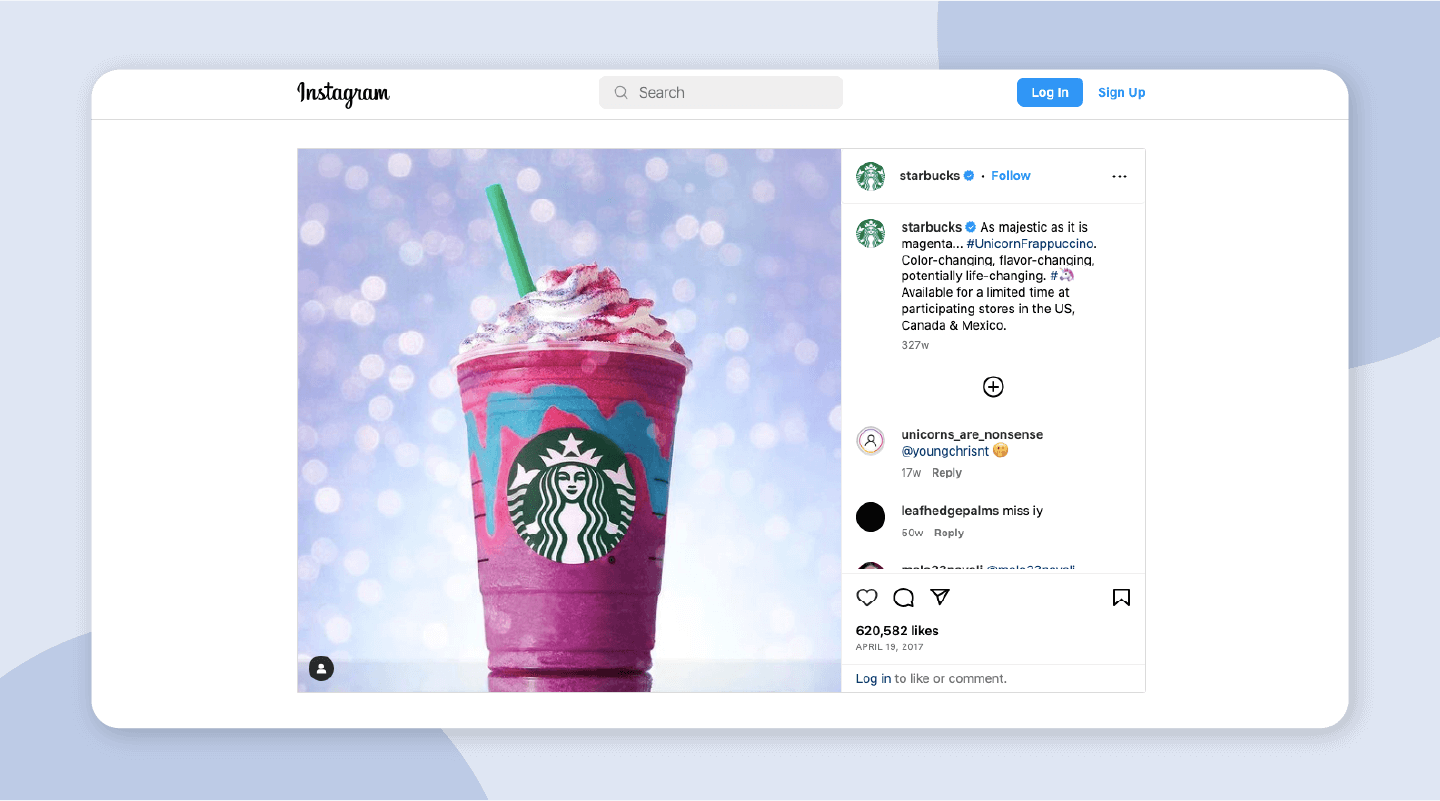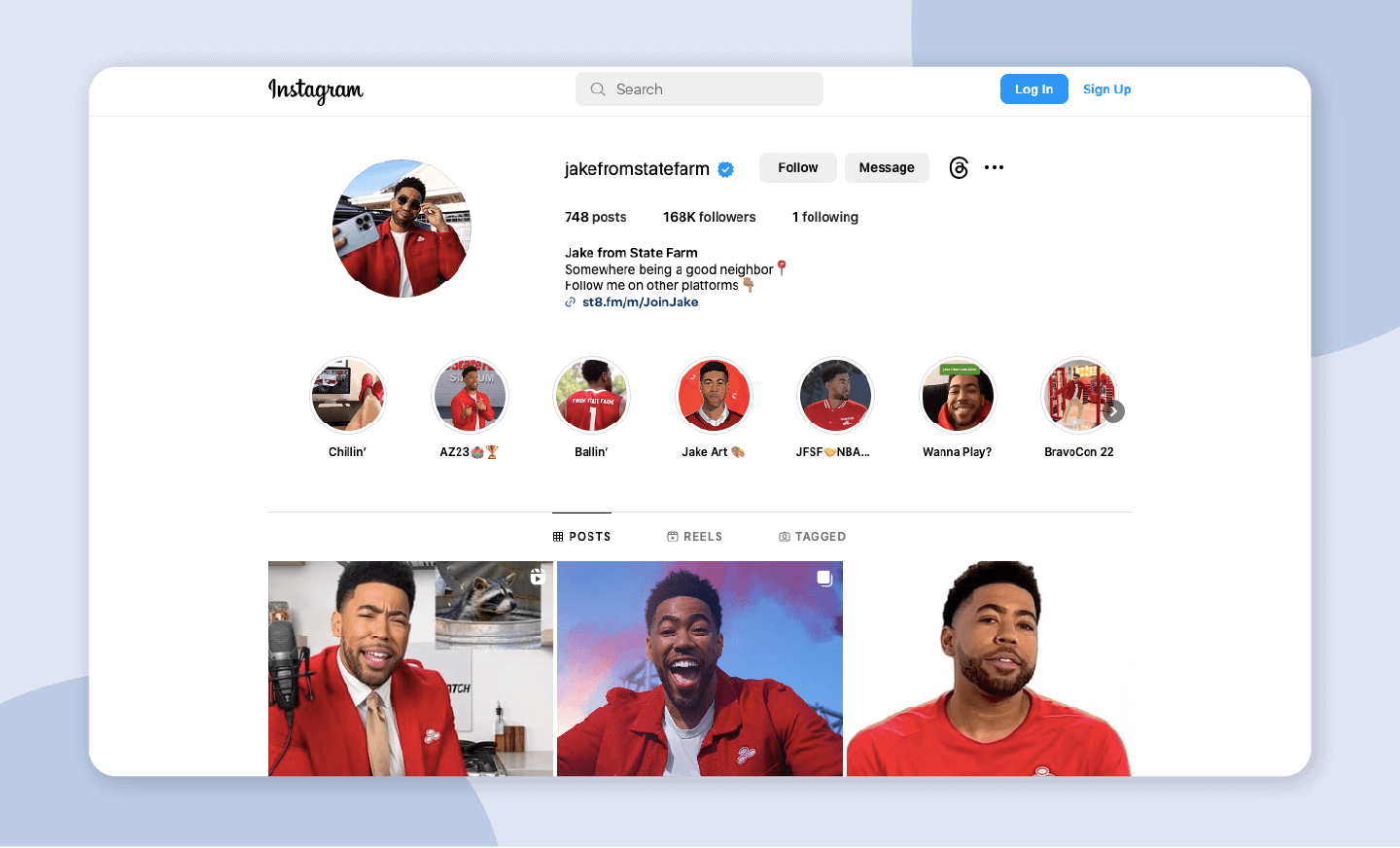What Is Cross-Channel Campaign Management?
Cross-channel campaign management is a marketing strategy in which marketers design and produce campaign elements for various platforms, which helps create seamless user experiences.
This type of campaign management helps businesses keep a brand’s identity consistent across all forms of media, including:
- Social Media: Social media profiles are easy to engage with and may be a person’s first impression of a brand.
- Email: Email campaigns with consistent branding and messaging can help strengthen awareness, trust, and authority.
- SMS: Even follow-up messages — including texts — should follow specific branding guidelines and help create a clear picture of the brand.
- Push Notifications: A push notification should quickly and clearly identify the brand it represents and the action it wants viewers to take.
- In-App Messaging: Especially if the target audience has downloaded and uses the brand’s app, in-app messaging should be clearly connected to the brand.
- Direct Mail: While the prominence of physical mail is declining, catalogs, coupons, and other mailed promotions should use branded colors, fonts, and visuals.
Why Is Cross-Channel Campaign Management Important?
To manage an effective marketing campaign, a brand must first understand where to find its customers — and how their behaviors change across different platforms. Cross-channel campaigns enable brands to cater to a customer’s wants and needs, wherever they may be.
Instead of running single-channel campaigns, which often fail to reach all target audiences, brands can invest in a mutually beneficial campaign strategy. Brands catering to at least three unique channels in their marketing campaigns can see conversion rates 287 percent higher than with single-channel campaigns.
Benefits of Cross-Channel Campaign Management
In addition to reaching unique audiences across various platforms, successful cross-channel campaigns can increase engagement, improve brand loyalty, and help marketers convey their message efficiently.
Here is a breakdown of the benefits of CCCM:
- Increased Engagement: Personalized, channel-specific content is more effective than repost-and-repeat campaign components. Users are more likely to interact with platform-specific ads than generalized content.
- Optimized Campaigns: Not every piece of content can be used on all media platforms. Cross-channel campaigns allow marketers to optimize content for their use cases — audio ads and visual assets may contain the same message but use different phrasing or advertising elements to engage with customers.
- Enhanced Brand Loyalty: When campaign components are optimized for specific channels, consumers usually have a higher-quality experience. This can increase brand loyalty, which may result in other benefits like word-of-mouth marketing and earned media.
- Data-Backed Decisions: Powerful campaigns aren’t made randomly. CCCM software and tools can help marketers collect and analyze data, so they can make conscious decisions to support campaign goals and objectives.
Cross-Channel Campaign Management Strategy
Before creating a cross-channel campaign, a brand needs to prepare and develop a working strategy based on its target audience. Brands should conduct research to understand their audience and determine the best ways to reach customers across different platforms.
Developing Buyer Personas
Buyer personas, also called customer personas, are data-based profiles of a campaign’s target audience. These buyer personas should include demographic specifics — including age, income, background, preferences, and pain points. Clearly defined personas help marketers develop customer-centric campaign assets across platforms.
Incorporating Data
Collecting customer data enables marketers to segment their audience and identify successful touchpoints. Marketers should track the websites potential leads visit, social media posts they engage with, emails they open, queries they search, and interactions they have with the brand.
Determining Channels
Marketers must observe their target audience’s behavior across all potential campaign channels. Do more leads open emails, respond to photo carousels, or interact with video ads? These data points clarify which channels to focus on for a successful marketing campaign.
Streamlining Campaign Teams
Effective campaign assets and extensive customer research might not lead to success without a strong, streamlined campaign team. Most high-performing organizations have dedicated cross-channel campaign leaders responsible for designing, delivering, and optimizing campaigns.
Engaged leaders and team members with predetermined responsibilities can manage cross-channel campaigns efficiently and adjust them as needed.
Taking a Flexible Approach
A successful, long-running cross-channel campaign depends on adaptable strategies and regular adjustments. Individual channels will change during a multi-channel campaign’s lifetime. Flexible CCCM software with tools for asset creation and data analysis helps brands recognize opportunities and make necessary changes.
Managing Cross-Channel Campaigns
Top-tier marketing campaign management solutions keep the target audience central to their mission. Marketers who invest in automation solutions can quickly streamline processes, meet customers where they are, and gently guide users through the buyer’s journey.
To successfully manage a cross-channel campaign, marketers should consider:
- Customizing Workflows: Every campaign should prioritize channels based on its target audience’s actions. Monitoring metrics on which channels customers consistently engage with guides marketers to the best platform for each campaign.
- Incorporating Customer Interactions: When brands engage with customers or send automatic follow-up messages based on their interactions, they make their audience feel valued and simplify the decision-making process.
- Personalizing Content: Before launching a campaign, marketers should consider their audience’s past purchases, demographics, and behavior. These metrics will help them determine the best channels to use, messages to send, and frequency to abide by.
Download Multichannel Campaign Workflow Template
Word
|
PDF
With sections to outline the campaign’s channels, key goals, and messages, this workflow template can help marketers link desired customer actions with campaign components.
How to Track Cross-Channel Campaigns
To get the most out of a cross-channel campaign, marketers must track its performance. Having a clear idea of each campaign’s key performance indicators (KPIs) enables marketers to jump into data analysis once the campaign has launched.
There are three key components to tracking a campaign’s impact:
- Defined Goals: All team members should be aware of a brand’s campaign goals. Whether the aim is conversions or enhancing brand awareness, the SMART method helps brands set attainable goals, which in turn gives the marketing team the metrics by which to measure the campaign’s success.
- Multi-Touch Attribution Model: Instead of tracking visits and conversions on individual channels, a multi-touch attribution model recognizes and credits each touchpoint along a customer’s journey. This model can measure the impact of a cross-channel campaign more accurately than single-channel tracking and helps marketers identify their most successful campaign platforms, as well as the effectiveness of the campaign as a whole.
- Data Analysis: With integrated data collection and analysis tools, CCCM software helps marketers synthesize data into readable and actionable insights. Depending on the campaign goals, key metrics to measure may include conversion rate, site visits, open and click-through rates, shares, reposts, likes, followers, and more.
Download KPI Tracking Template
Microsoft Excel
| Google Sheets |
Adobe PDF
Use this template to determine your campaign or brand’s KPIs, track goals and actual data, note responsible parties, and compare results to previous time periods.
Cross-Channel Campaign Management Best Practices: Expert Tips
No matter what platforms a brand wants to prioritize in a cross-channel campaign, industry experts agree on the most important best practices for marketers to keep in mind when designing and implementing strategies.
Here are eight key best practices — with tips for implementing them — as explained by experts:
- Maintain Messaging: “The best practice for managing cross-channel campaigns is ensuring consistent branding and messaging across all platforms. Understand the unique strengths and audiences of each channel and tailor your content accordingly, while maintaining a unified voice.” — Lauren Hawk, Chief Communications Strategist at Tinge Communications
- Prioritize Branding: “A winning cross-channel campaign weaves a compelling brand story across all touchpoints. Optimize your campaign by remembering that your audience's needs change with each platform — adapt, yet stay on brand.” — Justyna Dzikowska, Head of Marketing at Brand24
- Know Your Audience: “Know your customers and group them based on their interests and habits. Keep your brand consistent across all channels, so customers can easily recognize you wherever they go, and personalize your messages to deeply connect with your customers and guide them smoothly through the brand journey.” — Corrie Wilder, Executive Director, Marketing & Communications at Washington State University Everett
- Align Goals: “A well-integrated marketing strategy that aligns with the campaign goals is essential for cross-channel success. This approach ensures that each channel complements the others and works towards achieving the overall objectives.” — Andy Beoha, Managing Partner at SevenAtoms
- Tailor Content: “While your marketing message and branding should remain consistent, it’s important to tailor the content so it feels natural for each individual platform. An ad on Instagram might feature images more prominently than an ad on Facebook, while ads on TikTok will naturally feature video.” — Andre Kazimierski, CEO at Improovy Painters Naperville
- Monitor Analytics: “Optimizing cross-channel campaigns involves continuous monitoring and data analysis. Leverage analytics to identify which channels are performing best and allocate resources accordingly. By staying agile and adaptable, we can adjust our strategies to meet the evolving needs and preferences of our customers.” — Lav Patel, Founder of Collage Master
- Streamline Internal Processes: “Powerful conversation and collaboration between crew individuals are also critical to provide seamless coordination and avoid overlap or conflicting activities.” — Peter Michaels, CEO at Yeespy
- Adapt Strategies: “Continuously test different strategies, content formats, and channel combinations. Use A/B testing to understand what resonates best with your audience and adapt your approach accordingly.” — Oliver Andrews, Editor at OA Design Services
Cross-Channel Marketing Campaign Management Software
While it’s possible to create marketing campaign templates and launch a campaign from scratch, CCCM software streamlines and simplifies the campaign process. These systems should be flexible and incorporate advanced, updatable technology.
Before investing in CCCM software, brands should consider the specific capabilities they need from a system.
What To Consider When Choosing Cross-Channel Management Tools
Different CCCM software and cross-channel management tools provide marketers with unique campaign capabilities. Marketers should analyze the needs of the company and their campaign goals to choose software with the necessary capabilities.
Marketers should review how the CCCM software and tools support:
- Campaign Creation: While it might seem obvious, CCCM tools should be able to create cross-channel campaigns. Brands should focus on tools that support the platforms they intend to prioritize, including mobile and desktop channels.
- Customer Data Analysis: Customer behaviors can help guide campaign creation, so powerful CCCM software and tools should be able to collect, analyze, and organize customer data.
- Delivery: Any campaign management solution a brand invests in should be optimized to deliver to its selected channels. Marketers should consider the software’s delivery methods, scheduling options, and channel integrations.
- Innovation: Industry trends change quickly. CCCM software designed to adapt to and incorporate marketing innovation methods should be able to support campaign projects in more depth.
- Automation: CCCM tools with integrated marketing automation options keep campaigns moving forward without requiring hands-on execution, decreasing project downtime and increasing task completion.
- Lead Generation: When interacting with audience members across different platforms, brands will likely collect potential leads. Integrated lead generation tools can help marketers connect with and convert leads using channel-specific strategies.
- Search Engine Optimization (SEO): CCCM tools with built-in SEO analytics and recommendations give marketers insight into the performance of their website, landing page, article, or social media profile.
4 Successful Cross-Channel Marketing Campaign Examples
Almost three-quarters of shoppers use multiple channels during their customer journey. With so many consumers connecting over different platforms, top brands have successfully integrated cross-channel campaigns into their marketing strategies in inspiring, instructive ways.
1. Mercedes-Benz
In November 2013, Mercedes-Benz launched its first cross-channel campaign to promote its CLA Coupe model. The campaign used a combination of paid media, earned media, and content marketing across digital channels — and resulted in a 14 percent increase in sales.
After completing extensive customer research, the brand launched social media ads — both paid and owned — designed to reach millennial consumers. Mercedes-Benz also partnered with influencers to create videos and other forms of digital content, reaching new and old audiences alike.
2. Starbucks
Starbucks is a household name, but its campaigns must still target customers where they are every day. The brand integrates television and social media advertisements, in-app messages and texts, email promotions, and other forms of paid, earned, and owned media.
For larger campaigns, like this promotion for the Unicorn Frappuccino, Starbucks creates consistent item-specific imagery for all its channels, which helps consumers associate every ad with the brand.
3. M&M’s
Incorporating a variety of traditional and new digital channels into its digital marketing strategy — combining a Super Bowl TV ad with short social media videos, branded hashtags, and a fun competition — M&M’s took the world by storm.
The brand’s creative, interactive cross-channel campaign reached a broad audience, expanded brand awareness, and engaged customers deep into their buyer’s journey.
4. State Farm
With his world-famous khakis on every platform, Jake from State Farm is one of the most recognizable cross-channel campaign examples. The brand icon has been featured in a variety of advertisements across social media, television, radio, print, and more.
State Farm adjusts its advertising format based on its intended host channel, but its Jake from State Farm branding is consistent across all platforms.
How Will AI Impact Cross-Channel Campaign Management?
As technology and marketing continue to evolve, AI becomes an increasingly important tool for cross-channel campaign managers. AI can collect, organize, and analyze massive amounts of customer data, which can produce crucial insights into customer behavior and campaign performance.
According to industry experts, including Katie Zandonella, Fractional Marketing Officer at Zandonella Marketing Solutions, “AI will undoubtedly pave the way for delivering highly personalized experiences at scale, ultimately boosting campaign effectiveness and efficiency. By combining current and future marketing tools, we can achieve the utmost impact and effectively engage target audiences across various channels.”
However, AI is not a replacement for human marketers, campaign managers, cross-channel managers, and strategists. Experts like Christian Sculthorp, Founder of WallPanels, agree, “AI is not a replacement for human creativity and strategy. Rather, it's a tool that can help marketers work more efficiently and effectively.”
Lead the Way in Campaign Management with Smartsheet
The best marketing teams know the importance of effective campaign management, consistent creative operations, and powerful event logistics -- and Smartsheet helps you deliver on all three so you can be more effective and achieve more.
The Smartsheet platform makes it easy to plan, capture, manage, and report on work from anywhere, helping your team be more effective and get more done. Report on key metrics and get real-time visibility into work as it happens with roll-up reports, dashboards, and automated workflows built to keep your team connected and informed.
When teams have clarity into the work getting done, there’s no telling how much more they can accomplish in the same amount of time. Try Smartsheet for free, today.
